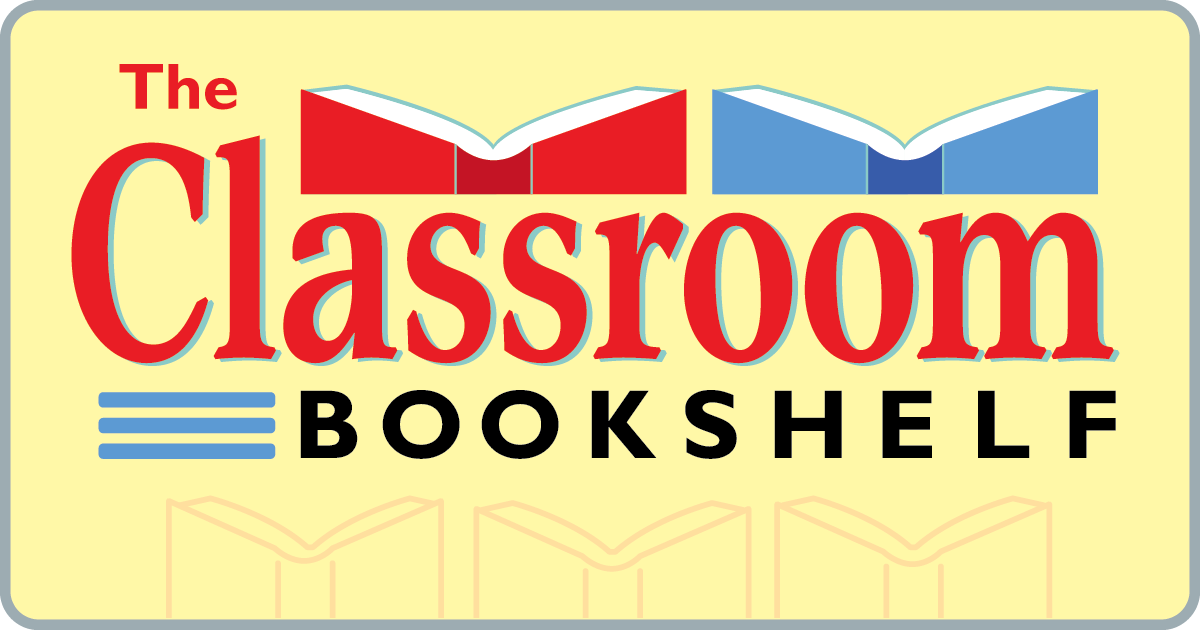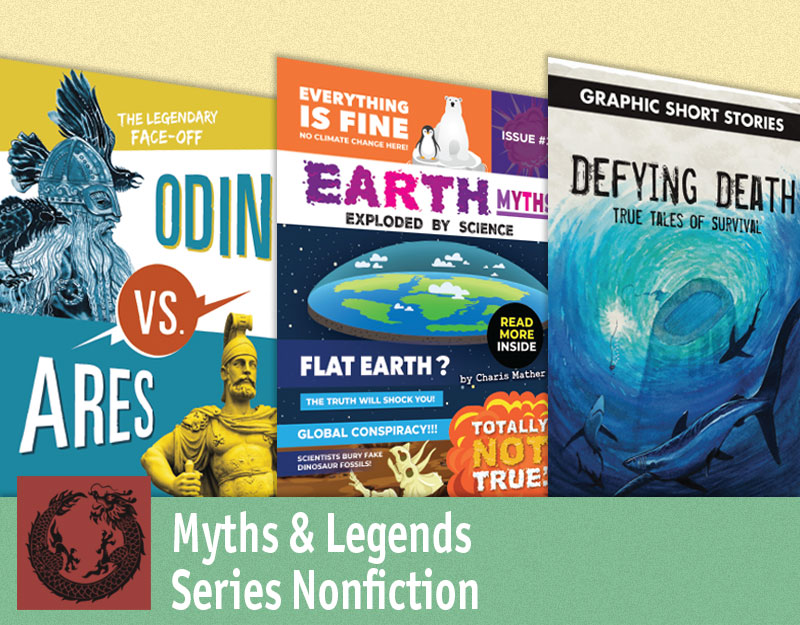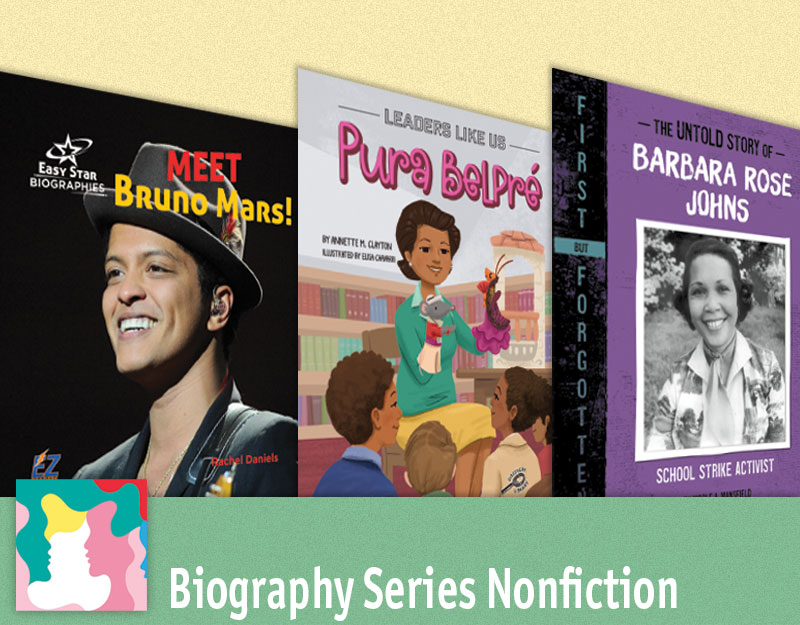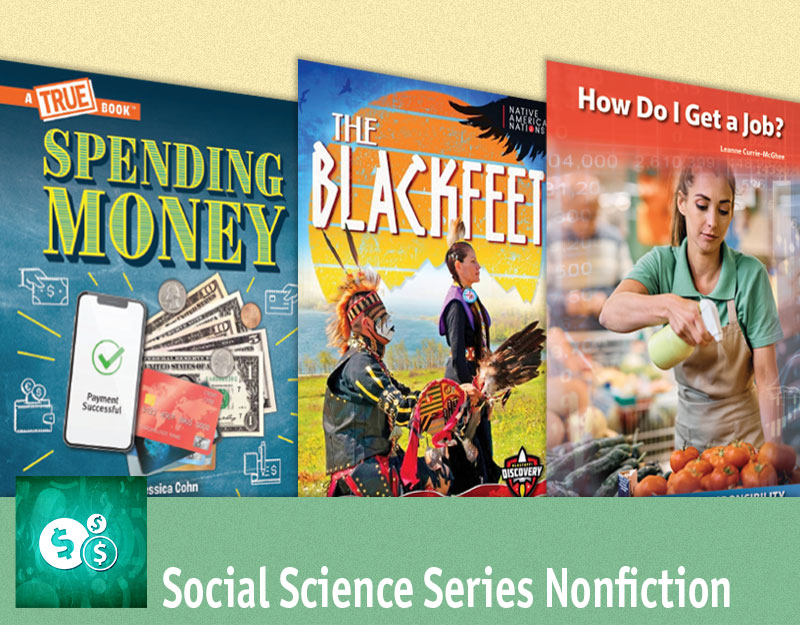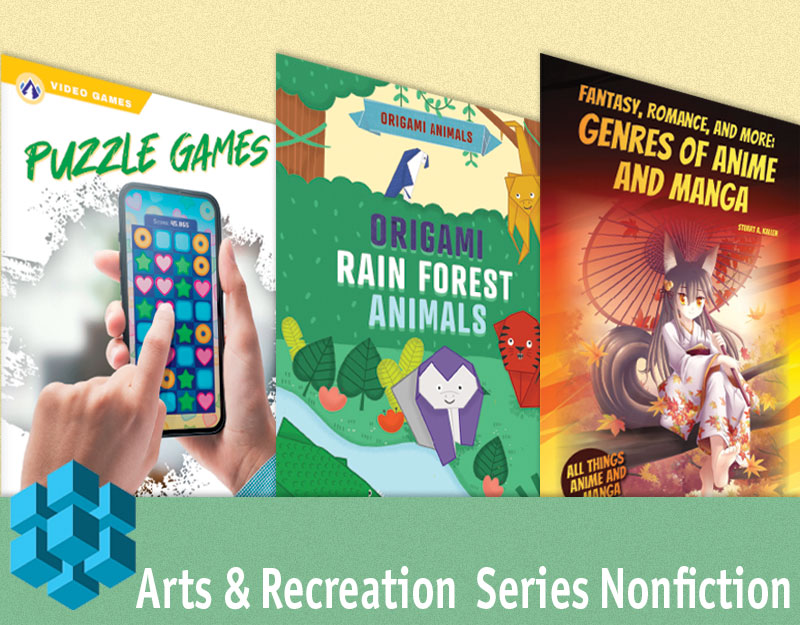Same Sun Here
Same Sun Here
Written by Silas House and Neela Vaswani
Published by Candlewick Press, 2012
ISBN# 978-0-7636-5684-3
Grades 4 and up
Book Review
“Dear River, I cannot tell from your name if you are a boy or a girl, so I will just write to you like you are a human being.”
For twelve–year olds Meena, an artistic Indian immigrant girl living in a rundown New York City apartment, and River, an athletic redheaded boy living in the mountains of Kentucky, it all starts with pen and paper. Writing letters is both exciting and novel for them, and Meena and River soon embark on a friendship that spans not just distance but cultural and gender issues as well. Set four years ago at the onset of the current US economic crisis and the historical presidential election of Barack Obama, Same Sun Here follows the friendship of two children who outwardly seem polar opposites, yet with each letter share similar hopes, fears, and wishes. As they move from pen and paper to computers and email, we hear the children’s distinct voices and and see the world around them through their vivid writing. Both have families dealing with economic hardship; both adore their grandmothers, whose wisdom they echo throughout their correspondence; both feel an intense connection to the natural world around them; and both feel they can only be their “own true selves” with each other. In this joint venture, authors Silas House and Neela Vaswani have created characters whose honesty is refreshingly tender and whose friendship grows warmer as they experience the challenges of poverty and escapades of pre-adolescence. Simply put, this is a wonderful book to read with students to inspire hope about the community and camaraderie human beings can share.
- Letter Writing/Pen Pals. While familiar and nostalgic to many adults, writing letters with pen and paper may be a novel idea for many of today’s children. Use Same Sun Here to teach students not only the structure of personal letters (which differ from other forms of letter writing), but also the importance of close reading, rereading for details, and thoughtful interpersonal communication. For example, River and Meena make sure to answer each other’s questions and to comment on and ask questions about details in each other’s letters. If your class is unable to write to students in other countries or states, have them write to students in other grades. See also Jenny Sue Koestecki-Shaw’s picture book, Same, Same but Different, as another mentor text. Our entry on Same, Same but Different can be found at http://classroombookshelf.blogspot.com/2012/01/same-same-but-different.html.
- Exploring Voice. Undoubtedly, voice is one of the most difficult traits of writing for students to grasp and for teachers to teach. Voice is the trait that allows readers to develop a full sense of who is speaking the words on the page, whether it is a narrator, fictionalized character, or the author himself/herself. Same Sun Here does a marvelous job of illustrating exactly what voice is, as we read the correspondence between Meena and River. Engage your students in a study of how Silas House and Neela Vaswani do this. What words or phrases do they choose to help readers “hear” the characters’ distinct voices? How do their characters view and describe the same things differently? To further demonstrate the quality of voice, do a reader’s theater activity with excerpts from the letters so students can really hear what the authors are doing in their writing. Then, have students experiment with voice by perhaps writing about the same topic in different voices. You might also use Anthony Browne’s picture book Voices in the Park or Jacqueline Woodson’s Behind You as mentor texts.
- Alternatives to Mountaintop Removal. As River’s teacher explains, mountaintop removal is a controversial form of mining. River’s family stands against mountaintop removal because of its serious impact on the environment and human health, but many in his community also depend on it for their livelihood. What alternatives exist to protect both sides’ interests? Using the websites listed below in Further Explorations, have students research the process, legislation, and alternatives for mountaintop removal. Then have them debate and advocate for a particular alternative. If your class feel particularly interested in this issue, encourage them to write to their legislators and become involved in some of the advocacy organizations around this issue.
- Pros and Cons of Rent Control and Rent Stabilization. Meena’s family and friends both benefit and suffer the consequences of rent control in their apartment building. Other cities also have rent control and rent stabilization laws and organizations to protect the interests of landlords and tenants. Similar to the mountaintop removal activity above, have students research the pros and cons of rent control using the websites listed below as starting points. How were the laws established? Who benefits from them, and who doesn’t? How convincing are the arguments for either side? What options exist for people who lose their homes when rent control and rent stabilization no longer applies to them? If your class feel particularly interested in this issue, encourage them to write to their legislators and become involved in some of the advocacy organizations around this issue.
- Nonviolent Protests and Civil Disobedience. Meena and River discuss the power of nonviolent protest to advocate for change. Invite students to learn about various movements and social activists throughout the world’s history that embraced nonviolent civil disobedience. What were their causes? What nonviolent means did they pursue to champion those causes? How successful were they? What obstacles did they face along the way? Are there any that are still going on today?
- The Route to Citizenship. Meena and her family work and study toward becoming American citizens, but there are actually several ways to gain citizenship. As an immigrant child, Meena is eligible for “derivative citizenship.” What are some other routes to citizenship, and what processes are involved? Use the websites listed in Further Explorations to research the various options available to immigrants. You may also want to have your students take a stab at answering the exam questions that Meena lists in her letter to River to see how they would do.
Critical Literacy
- Journalism and Sensationalism. River’s grandmother states that nobody pays attention to serious social and environmental issues until they cause some kind of disaster. She also wisely explains that the mountaintop removal disaster gets the media’s attention “only because a school is part of the story–and it also makes for a good Christmastime story” and then “they’ll forget all about us until the next time something like this happens.” Engage your students to critically examine news stories through this lens. Pick a specific event–for example, the Indian Ocean earthquake tsunami of 2004, Hurricane Katrina, the Chilean mining disaster, or the 2010 oil spill in the Gulf of Mexico–and have students compare various ways in which the media covers the story. What gets the media’s attention? How does the media present different kinds of news? When do certain kinds of news events get reported? What is the difference between reporting and sensationalizing a story? Have students practice writing their news articles with a sensationalist angle to emphasize the difference between journalism and sensationalism.
Further Explorations
Online Resources
Silas House’s website
http://silashouse.weebly.com
Neela Vaswani’s website
http://neelavaswani.com/splash.php
Student Letter Exchange
http://www.pen-pal.com
ePals Global Community
http://www.epals.com/
Environmental Protection Agency’s site on Mountaintop Removal
http://www.epa.gov/region3/mtntop
iLoveMountains.org
http://ilovemountains.org
Mountain Justice
http://www.mountainjusticesummer.org/who_we_are/index.php
Earth Justice
http://earthjustice.org/our_work/campaigns/stop-mountaintop-removal-mining
New York City Rent Guidelines Board
http://www.housingnyc.com/html/resources/faq/rentstab.html#difference
Rent Stabilization Association – NYC
http://www.rsanyc.com
U.S. Citizenship and Immigration Services
http://www.uscis.gov
U.S. Citizenship.Info
http://www.uscitizenship.info
Books
Aliki. (1998). Marianthe’s story: Painted words and spoken memories. New York: Greenwillow.
- Two stories in one book tell the story of Marianthe’s arrival in America and her experiences at a new school and with a new language. One story is written in third-person, and the other is written from
Marianthe’s first-person perspective.
Bartoletti, S. C. (1996). Growing up in coal country. New York: Houghton Mifflin.
- A compilation of archival documents, photography, and oral history about the working conditions and children’s experiences of coal mining families in northeastern Pennsylvania at the turn of the 20th century.
Browne, A. (2011). Voices in the park. New York: DK Publishing.
- A picture book about a day at the park, told from the perspectives of an uptight woman, a despondent man, a lonely boy, and a friendly girl.
Gallo, D. (2004). First crossing: Stories about teen immigrants. Somerville, MA: Candlewick Press.
- A collection of short stories about the experiences of immigrant teens in contemporary times.
Hopkinson, D. (2003). Shutting out the sky: Life in the tenements of New York, 1880-1924. New York: Orchard Books.
- A nonfiction book about five immigrant children who live in New York and become American citizens.
Koestecki-Shaw, J. S. (2011). Same, same but different. New York: Christy Ottaviano/Henry Holt.
- A picture book about two pen pals, one in India and one in America, whose correspondence reveals their similarities, differences, and growing friendship. See our entry on Same, Same but Different at http://classroombookshelf.blogspot.com/2012/01/same-same-but-different.html
Lai, T. (2010). Inside out and back again. New York: HarperCollins.
- The 2011 Newbery Honor winner about a young Vietnamese girl who immigrates to America after the fall of Saigon. For our entry on Inside Out and Back Again, see http://classroombookshelf.blogspot.com/2011/05/inside-out-back-again.html
Park, L. S. (2011). A long walk to water. New York: Clarion.
- A dual narrative about a refugee boy in 1985 and an itinerant girl in 2008, both Sudanese children determined to survive against overwhelming odds.
Woodson, J. (2010). Behind you. New York: Puffin.
- The sequel to Woodson’s novel If You Come Softly, told from alternating points of view.
Zenatti, Valerie. (2008). A bottle in the Gaza Sea. New York: Bloomsbury.
- The story of the email correspondence and eventual friendship between two teenagers on either side of Israeli-Palestinian conflict.
Filed under: Novels
About Grace Enriquez
Grace is an associate professor of language and literacy at Lesley University. A former English Language Arts teacher, reading specialist, and literacy consultant, she teaches and writes about children’s literature, critical literacies, and literacies and embodiment. Grace is co-author of The Reading Turn-Around and co-editor of Literacies, Learning, and the Body.
ADVERTISEMENT
ADVERTISEMENT
SLJ Blog Network
2024 Books from Pura Belpré Winners
In Memorium: The Great Étienne Delessert Passes Away
Winnie-The-Pooh | Review
Parsing Religion in Public Schools
Finding My Own Team Canteen, a cover reveal and guest post by Amalie Jahn
ADVERTISEMENT

